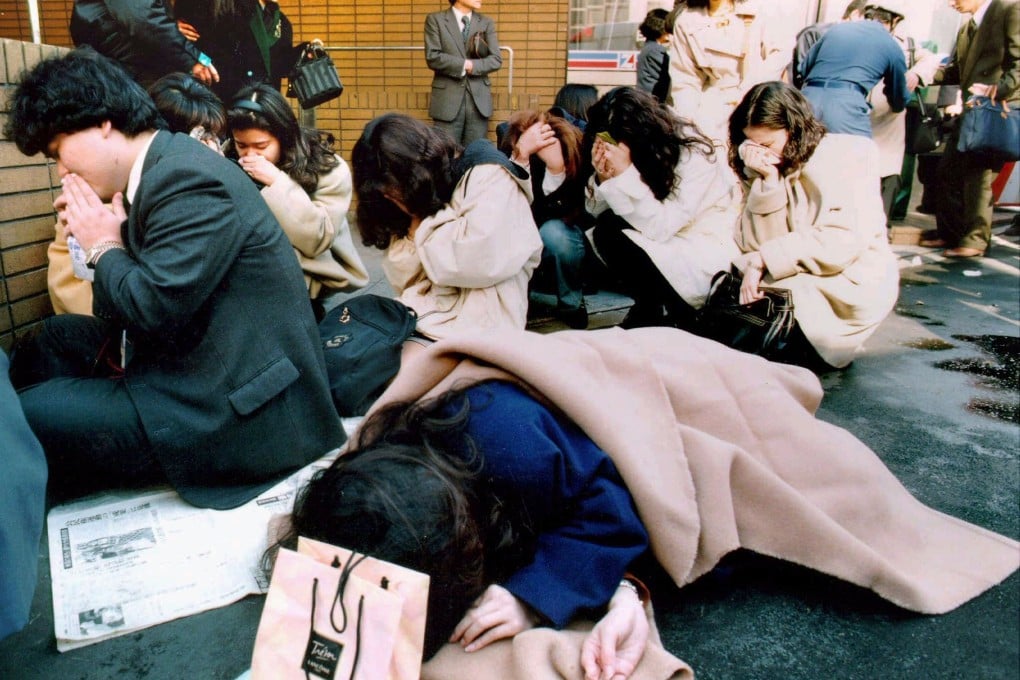Chinese scientists sniff out new cheap way to detect a sarin gas attack
Chip-like detector developed in Anhui province could be rolled out at low cost to raise the alarm in vulnerable public places like subways

It is 20 years since the sarin attack in Tokyo subway that left more than a dozen people dead and hundreds injured, but there has been no practical defence in public areas against the killer gas - until now.
A team of researchers in Hefei, Anhui province, said it had worked with the military to develop the world's most sensitive sarin detector which could be installed at low cost in subways and other public areas vulnerable to attack.
In less than a second, the detector can spot sarin gas molecules in the air in concentrations as low as six parts per billion, according research by the team in Chemical Communications, a journal published the Royal Society of Chemistry in London.
The researchers said the device could help cut causalities in a sarin attack by alerting authorities as soon as the gas was released, allowing them to evacuate the area before concentrations reached lethal levels.
In the Tokyo attack, victims died once exposed to 100 milligrams of sarin per cubic metre of air for two minutes, according to the US military.
The deadly dose was hundreds of thousands of times above the detector's trigger level.
The gas's chemical properties are similar to many harmless compounds such as ethanol, making it difficult to build a machine to detect leaks.